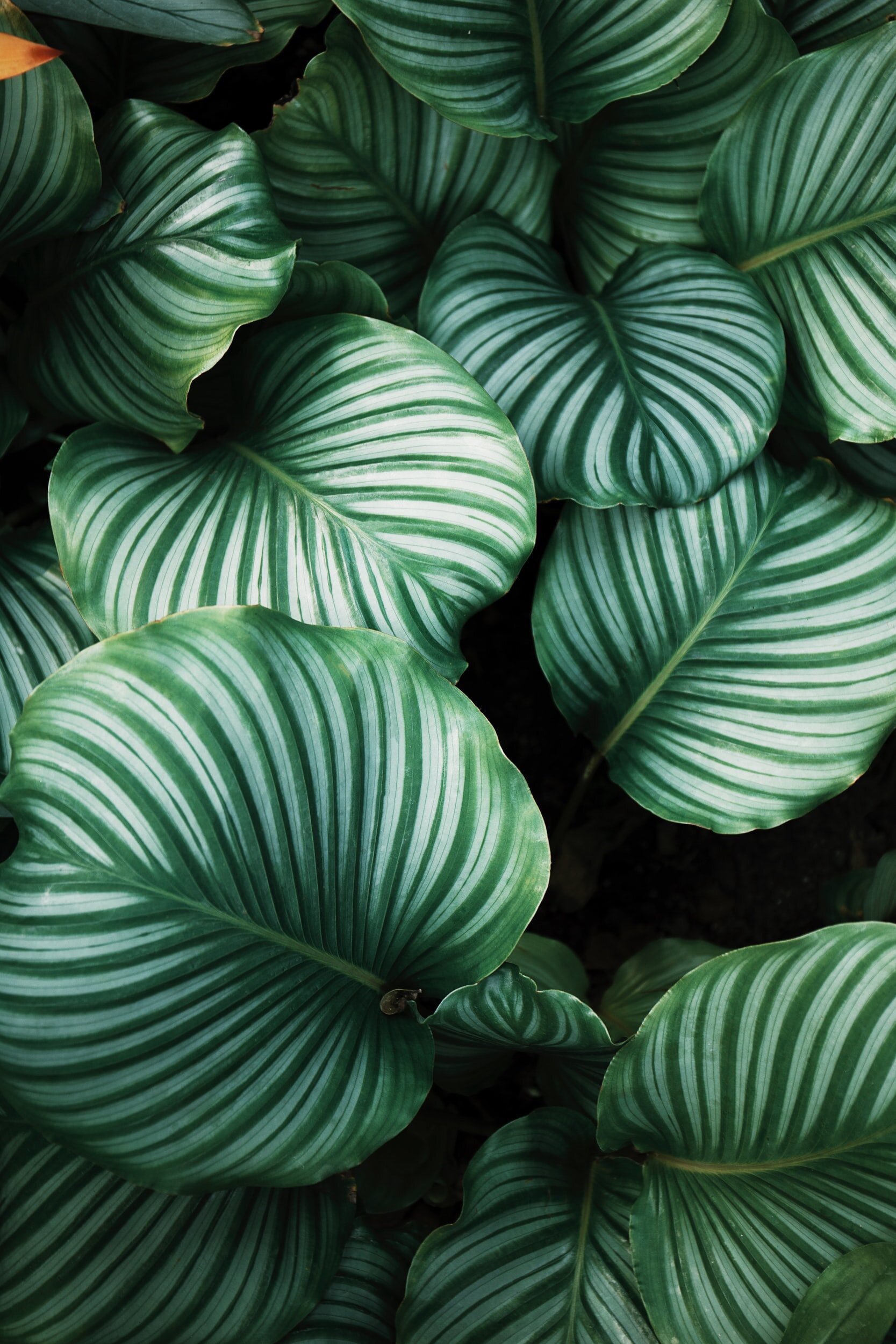
BLOG
TCM Theory: Yin and Yang
The theory of Yin-Yang is an analytical thinking tool that views the world through a lens of Yin and Yang. It sees nature and differentiates two pairs that are natural complements but opposites in character, like …
4 Aspects of Yin-Yang
Opposition: everything has two aspects that oppose
Interdependence: one cannot exist without its pair
Mutual consumption: Yin and Yang consume each other (quantitative change)
Intertransformation: Yin and Yang turns into each other (qualitative change)
(*Infinite divisibility: Yin and Yang can be further divided into Yin and Yang)
Pathological Changes in Body
Excess Cold (excess Yin): preponderance of Yin injures Yang
Excess Heat (excess Yang): preponderance of Yang injures Yin
Deficiency Cold (deficiency Yang): weakness of Yang leads to preponderance of Yin
Deficiency Heat (deficiency Yin): weakness of Yin leads to preponderance of Yang
(*Good health is achieved when there is a balance of Yin and Yang)
We can say that the nature of the Yin-Yang theory is binary and relative. Next, we are going to talk about the theory of the 5 elements, which is more about categorization and association. If you have any feedback or questions about the material covered, please don’t hesitate to contact at junhwa@tcmexplained.com.
Below are more examples of Yin and Yang ;) Until next time.
* The content is provided only for education purposes and is not intended to be a substitute for professional medical advice, diagnosis, or treatment.
References
1. Cheng, Xinnong, ed. Chinese Acupuncture and Moxibustion. 3rd ed. Fifteenth Printing 2014. Beijing: Foreign Languages Press, 2012.
2. Kaptchuk, Ted J. The Web That Has No Weaver: Understanding Chinese Medicine. 2nd ed. New York: McGraw-Hill, 2000.
3. Maciocia, Giovanni. The Foundations of Chinese Medicine: A Comprehensive Text for Acupuncturists and Herbalists. 3rd ed. Philadelphia: Elsevier Churchill Livingstone, 2015.
TCM Theory: Qi
In this TCM Theory series, we are going to learn about fundamental TCM theories of Yin-Yang, 5 Elements, and Vital Substances. First, I want to give a brief introduction to something called Qi, because…
Theory of Qi
Qi can be understood as “life force” or “energy”
Qi can also be matter
When the Qi disperses, it becomes rarefied energy; when the Qi aggregates, it becomes materialized substance
The energy and matter are in continuum and they are in constant dispersion and aggregation
Examples of Qi
Qi of the Heaven and Earth are in constant exchange and we are all part of that transformation; we are just one Qi in different forms.
Vital Substances are different manifestations of Qi with different forms and physiological functions; Vital Substances refer to Essence, Qi, Blood, Body Fluids, and Mind
Next, we are going to talk about the theory of Yin-Yang. If you have any feedback or questions about the material covered, please don’t hesitate to contact at junhwa@tcmexplained.com. Until next time.
* The content is provided only for education purposes and is not intended to be a substitute for professional medical advice, diagnosis, or treatment.
References
1. Cheng, Xinnong, ed. Chinese Acupuncture and Moxibustion. 3rd ed. Fifteenth Printing 2014. Beijing: Foreign Languages Press, 2012.
2. Kaptchuk, Ted J. The Web That Has No Weaver: Understanding Chinese Medicine. 2nd ed. New York: McGraw-Hill, 2000.
3. Maciocia, Giovanni. The Foundations of Chinese Medicine: A Comprehensive Text for Acupuncturists and Herbalists. 3rd ed. Philadelphia: Elsevier Churchill Livingstone, 2015.


![2. [TCM Theory] Yin and Yang (NOTE) 1.png](https://images.squarespace-cdn.com/content/v1/5d38de49ed7f66000197547d/1580604786397-PDNM14OQ344Q0SEIHDH7/2.+%5BTCM+Theory%5D++Yin+and+Yang+%28NOTE%29+1.png)

